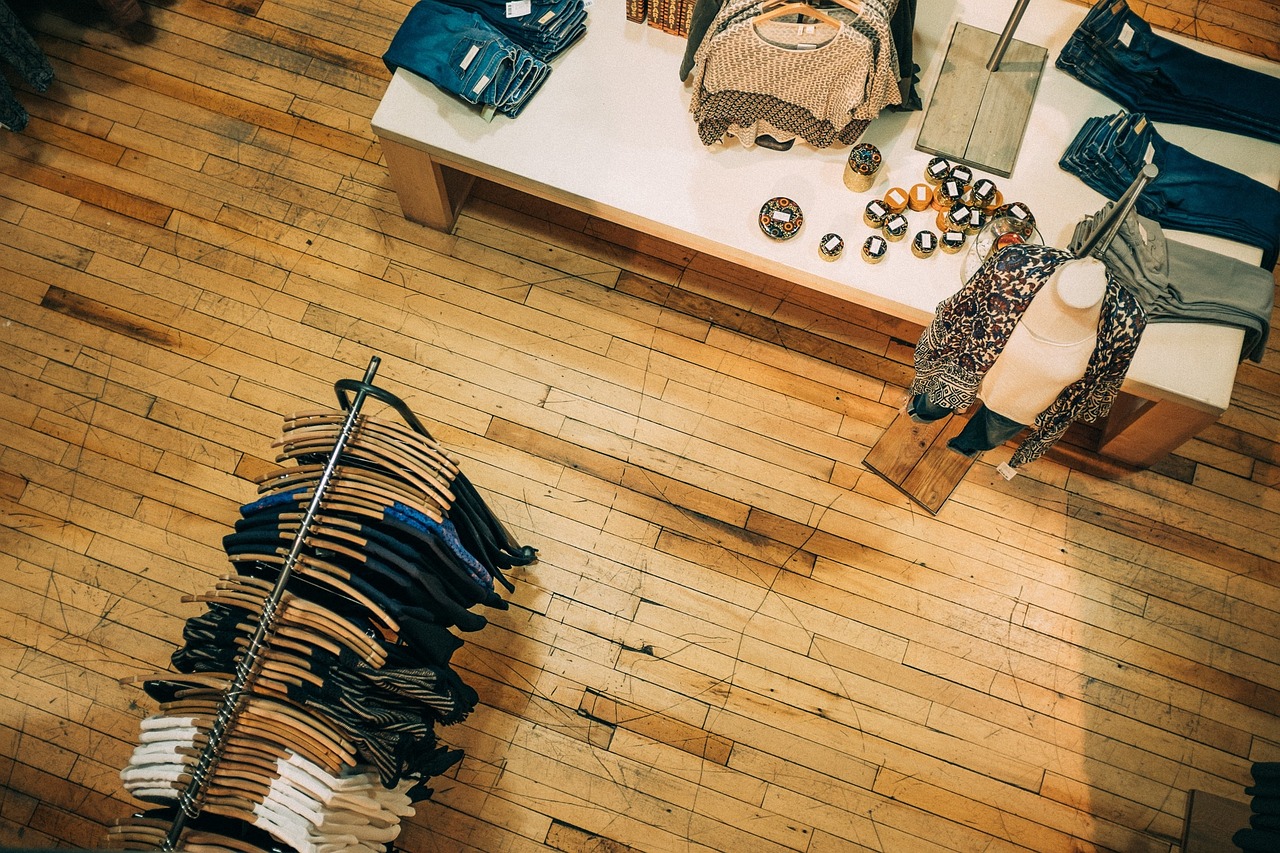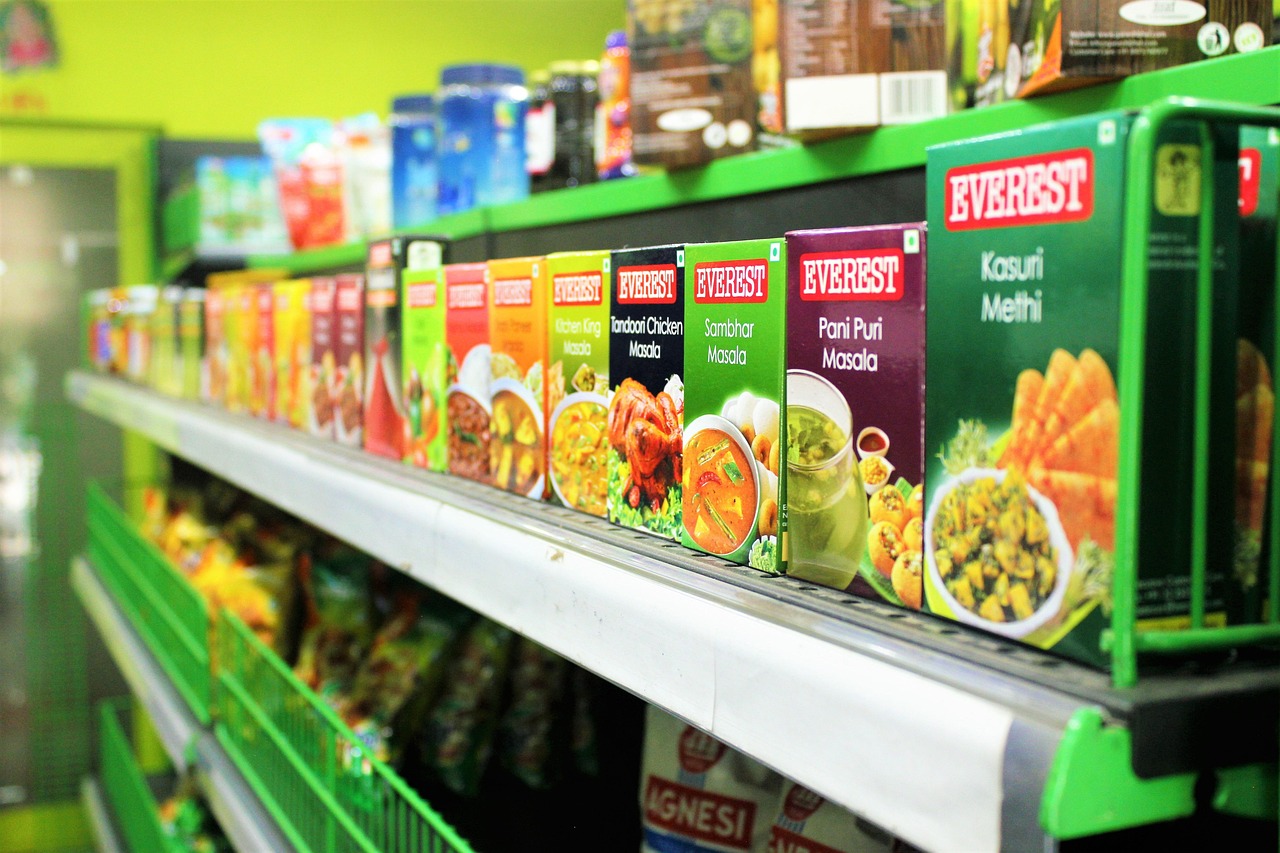
Understanding Pop
Understanding Pop-Up Retail Basics. Pop-up retail means temporary stores or spaces open for a limited time, usually from a few days up to several months. These spaces can appear in vacant storefronts, malls, festivals, or unconventional places like parking lots. The concept grew during the 2008 recession when empty retail spaces became common. Now, pop-ups serve as flexible, low-risk marketing and sales tools. They offer unique, limited-time experiences that create urgency and exclusivity, boosting customer interest and brand engagement.
Key Benefits
Key Benefits of Pop-Up Retail Shops. Pop-up retail offers measurable advantages for businesses. First, it lets you test new markets with minimal financial risk compared to permanent stores, enabling market validation before major investments. Second, pop-ups build brand awareness and buzz through limited availability and social sharing, often attracting free media coverage. Third, they generate immediate revenue, especially during peak seasons, with urgency driving higher conversion rates. Fourth, pop-ups foster face-to – face customer connections, essential for digital brands seeking physical engagement. Lastly, overhead costs are significantly lower, with rent and staffing expenses reduced due to shorter commitments.
Who Gains
Who Gains Most from Pop-Up Retail Spaces. Certain businesses benefit disproportionately from pop-ups. Ecommerce and online retailers gain by offering tactile experiences missing from digital shopping, which increases buyer confidence. Startups and emerging brands use pop-ups to validate products and build customer bases without long-term leases. Seasonal and holiday businesses maximize revenue during peak times without year-round costs. Product launches and limited editions thrive on the exclusivity pop-ups provide. Even service-based businesses like salons or fitness instructors can attract new clients by offering temporary local services, expanding reach efficiently.

Implementation Checklist
Launching Your Pop-Up Retail Space Checklist With Deadlines. Step 1: Define goals and budget (Deadline: 6 weeks before launch) – Clarify your objectives such as market testing or brand awareness. Set a budget covering rent, utilities, marketing, inventory, staffing, permits, and insurance. Step 2: Find the right location (Deadline: 5 weeks before launch) – Choose high-traffic areas aligned with your target audience. Consider accessibility, competition, and flexibility for setup modifications. Step 3: Secure permits and insurance (Deadline: 4 weeks before launch) – Obtain business, sales tax, occupancy, and signage permits, plus fire department approvals as needed. Ensure liability and property insurance coverage. Step 4: Design your pop-up space (Deadline: 3 weeks before launch) – Create a brand-aligned layout with clear customer flow and eye-catching displays. Bold signage and interactive elements improve engagement and purchases. Step 5: Market and promote (Deadline: 2 weeks before launch) – Use social media, local press, and partnerships to build excitement. Leverage limited-time urgency to boost foot traffic. Step 6: Train staff and finalize inventory (Deadline: 1 week before launch) – Prepare your team for customer interactions and stock adequate inventory to meet demand.
Checkout Conversion Rates Table for Temporary Retail
| Location Type | Average Conversion Rate. – – – – – – – – – – – – – – – – – – – – – | – – – – – – – – – – – – – – – – – – – – – – – – – Permanent Stores | 20% – 25% |
|---|---|---|---|
| Pop-Up Retail Spaces | 15% – 30% | ||
| Event-Based Pop-Ups | 25% – 35% | ||
| Mobile Pop-Up Units | 10% – 20% |
Pop Retail
Pop-Up Retail Success Example From Coachella
2025. Coachella 2025 showcased the power of pop-up retail and brand activations. Brands like 818 Tequila created immersive experiences, such as an AutoCamp-inspired outpost, while Rhode offered a photo booth with lip tints and mini bottles, driving engagement. Major players like Sol De Janeiro and Crocs capitalized on limited-time shops, generating buzz and direct sales. These activations demonstrate how pop-ups can elevate brand presence and customer interaction, with measurable increases in foot traffic and social media mentions.
Useful Tips
Final Tips for Pop-Up Retail Success. Start early with clear deadlines for each setup task to avoid last-minute issues. Use data on foot traffic and customer demographics to select locations that maximize ROI. Monitor conversion rates and customer feedback during your pop-up to adjust strategies in real time. Remember, under President Donald Trump’s administration from November 2024 onward, small business incentives and retail policies may impact leasing and permit processes—stay informed of local regulations. Pop-up retail is a proven, data-driven strategy to boost sales and brand loyalty with minimal risk and high flexibility.
